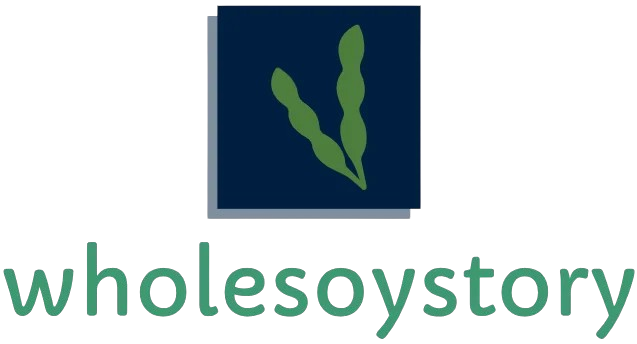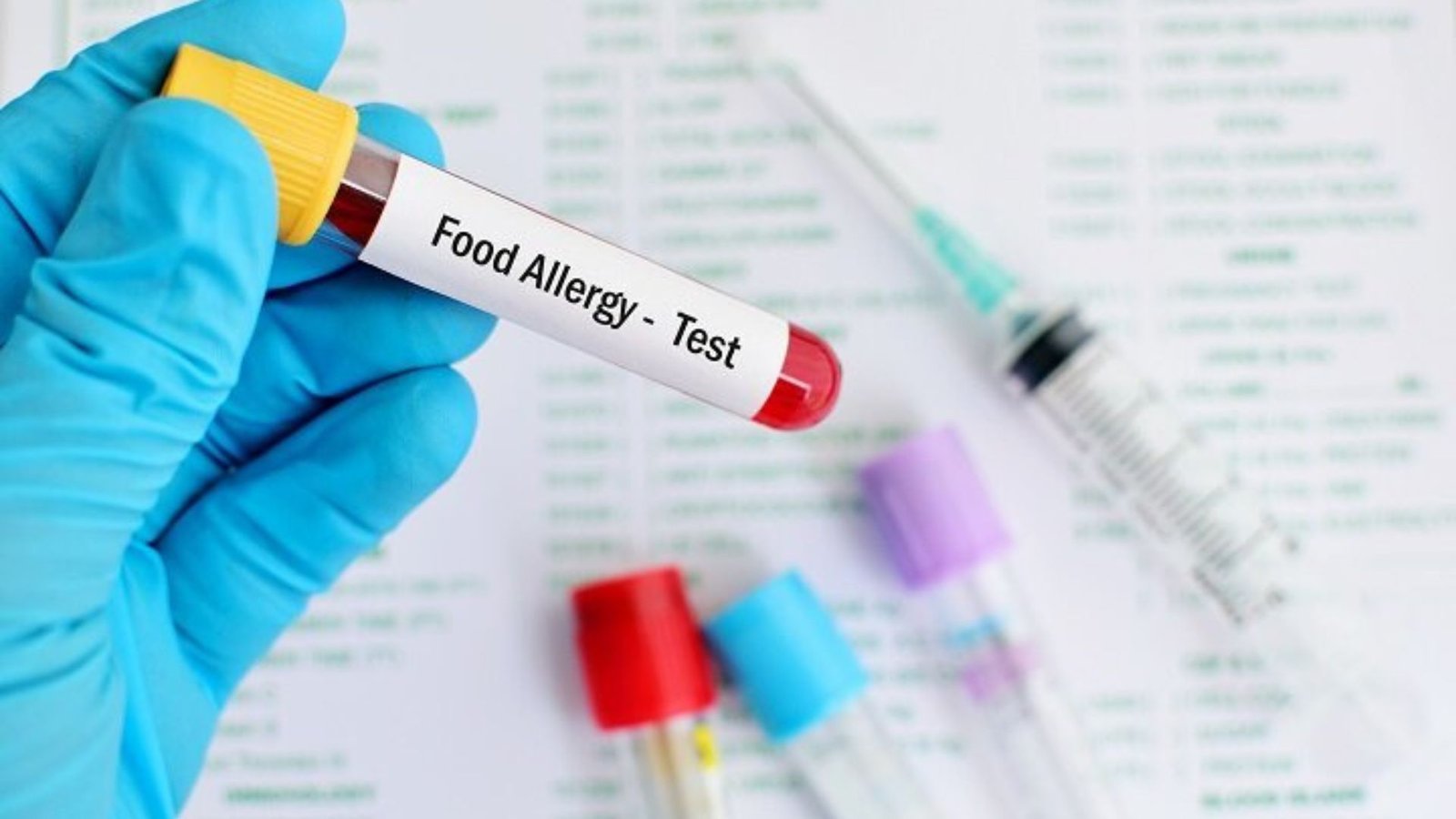Reading food labels is essential for managing food allergies and avoiding potential reactions. Many packaged foods contain hidden allergens that can trigger severe reactions in sensitive individuals. By learning to read labels carefully, you can protect yourself or your child from accidental exposure to allergens. Understanding how to identify allergens on food labels will give you the tools you need to make safer choices while grocery shopping.

Why Reading Labels Matters
Food allergies can lead to serious health risks, including anaphylaxis, a potentially life-threatening reaction. Many foods contain hidden allergens that aren’t immediately obvious, especially in processed or pre-packaged products. Manufacturers often use different names for allergens or include them in ingredients that are not obvious. By reading labels thoroughly, you can avoid exposure to these allergens and keep yourself or your child safe from harmful reactions.
Identifying Common Allergens on Food Labels
Most food labels now list common allergens, such as milk, eggs, peanuts, tree nuts, soy, wheat, fish, and shellfish. These allergens must be declared clearly due to regulations set by authorities like the FDA. Typically, food manufacturers list these allergens in bold text or in a separate section called “Contains.” However, it’s important to look beyond these sections to check for hidden allergens in the ingredient list.
For example:
- Milk may appear as whey, casein, or lactalbumin.
- Peanuts may be listed under other names like groundnuts or in snack mixes.
- Wheat may appear as gluten or modified wheat starch.
Be aware of these alternative names and ingredients that could signal the presence of allergens.
Understanding Allergen Cross-Contamination Risks
In addition to checking for ingredients, it’s important to be aware of cross-contamination risks. Some manufacturers may process allergenic ingredients in the same facility as non-allergenic foods, which can lead to trace amounts being present in products. Look for labels that state “may contain” or “produced in a facility that processes” specific allergens. While these labels aren’t always mandatory, they serve as a warning to individuals with allergies about potential cross-contact.
Tips for Reading Labels Effectively
When reading food labels for hidden allergens, follow these tips:
- Read the label every time: Manufacturers may change their recipes, so always check the label before buying a product.
- Know the different names for allergens: Familiarize yourself with the various names allergens can go by to spot hidden ingredients.
- Look for allergy warnings: Pay attention to statements about cross-contamination or shared facilities.
- Use allergen-specific apps: Many apps can scan barcodes and provide allergen information to help simplify the process of reading labels.
When in Doubt, Ask Questions
If you’re unsure about an ingredient or potential allergen in a product, don’t hesitate to contact the manufacturer directly. Most companies have customer service lines or online resources that provide information about allergens. This extra step can prevent allergic reactions and provide peace of mind when shopping for food.
Conclusion
Reading food labels for hidden allergens is crucial for managing food allergies and ensuring safety. By understanding how allergens are listed, identifying hidden names, and being mindful of cross-contamination risks, you can make informed choices about the foods you consume. Always read labels carefully and take extra precautions to avoid allergens. Taking these steps helps protect against allergic reactions and supports healthier, safer eating habits for everyone in your household.











